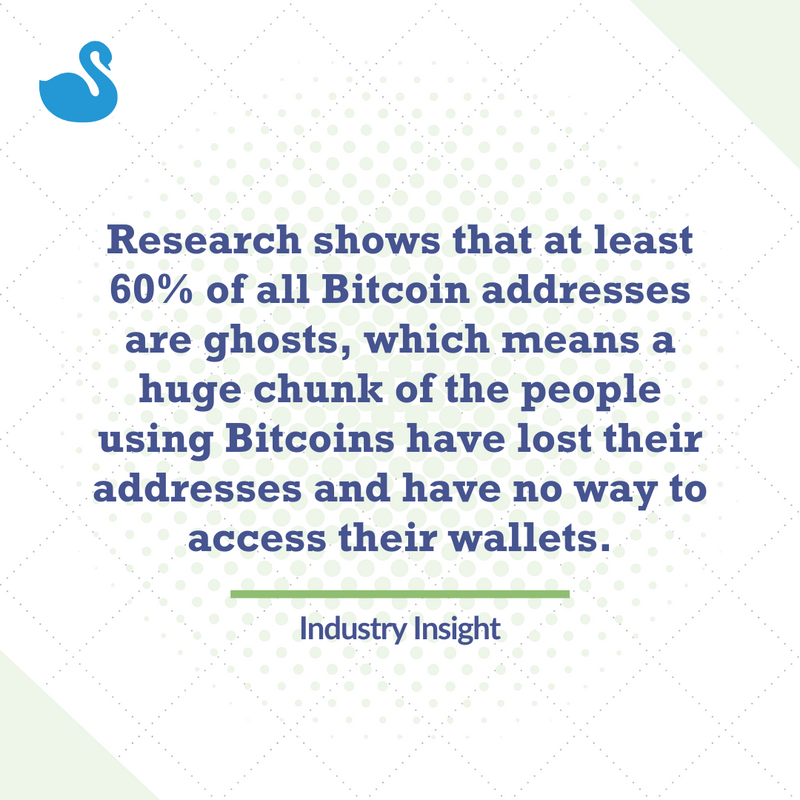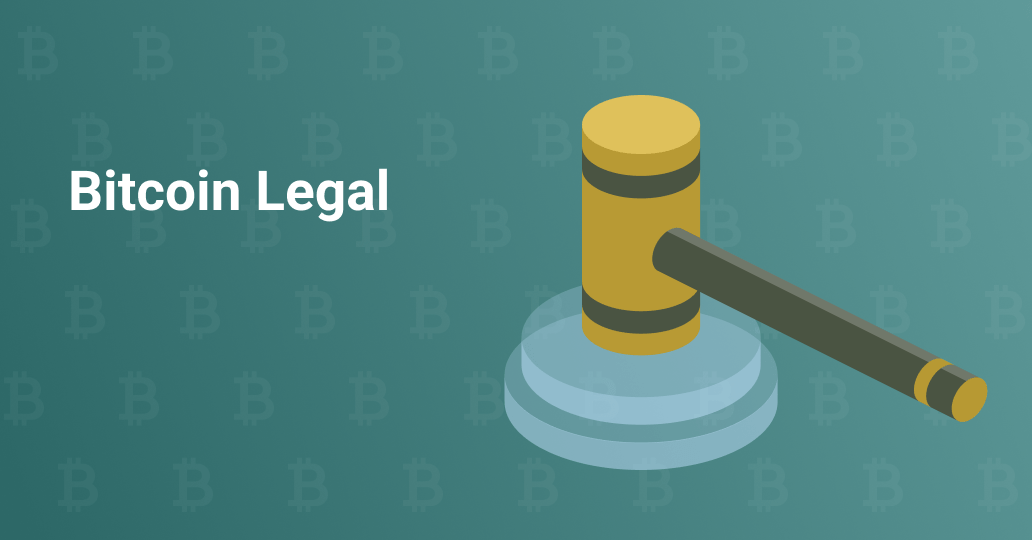
Yield Farming is an excellent way to reap the benefits of DeFi's boom. While some protocols offer low returns, others offer higher returns and higher risks. There are protocols available for nearly every purpose. These include tax calculations, impermanent loss, and yield tracking. A yield tracking tool like this is important if your goal is to invest in DeFi. Before you start investing in your first crops, it is a good idea to read up on DeFi tools.
Profitability
Yield farming may not be profitable, so crop-loving investors will need to ask the question. This type of lending is one that leverages an existing liquidity pool to earn rewards. Yield farming's profitability depends on many factors such as the capital deployed, strategies used and the liquidation risk of collaterals. There are some things you should keep in mind. This article will focus on the main factors that affect yield farming profitability.
Many people talk about yield farm in annual percentage returns (APY), which is often compared to banks' interest rates. APY, which is a standard measure to profit, can generate triple-digit return. Triple-digit returns are not sustainable and come with significant risks. Yield farming isn't for the fainthearted. It is therefore important to understand the risks and benefits of investing in crypto.
Risques
Smart contract hacking represents the first threat to yield farming. While it is unlikely that a hack will affect the entire DeFi network, glitches in the smart contracts could result in losses. MonoX Finance was victim to smart contract hacking in 2021. They stole US$31 Million from the DeFi startup. Smart contract creators should invest more in auditing and technological investment to minimize this risk. There is also the possibility of fraud when yield farming is used. The scammers might steal the funds and then take over the platform.

Leverage is another risk in yield farming. The use of leverage increases users' exposure for liquidity mining opportunities but also increases their risk of liquidation. Users must be aware of this risk because they can be forced to liquidate their assets in case the value of their collateral decreases. As market volatility and network congestion rise, collateral topping down can prove prohibitively expensive. Users should consider the risks associated with yield farming before adopting this strategy.
APY
You have probably heard of APY, or annual percentage yield. This term is simple, but it can be complicated for people who don’t know the difference between APY and compounding interest rates. This calculation involves using interest/yield to calculate a time period and then reinvesting the interest back into the original investments. An APY yield farm would double your initial investment in the first year and then double it again in the second year.
When discussing investment terms, the term APY (annual percentage yield) is often used. It is used by investors to estimate the amount they can expect to earn on an investment over time. The APY yield represents a higher percentage than the APR. This is because compounding takes into account trading fees. Investors who are looking to increase their net income without taking too many chances can benefit greatly from this calculation.
Impermanent loss
If you are a farmer or investor who is pursuing a profit with crypto currency, you are well aware of the risk of impermanent loss. Impermanent loss can be a problem in yield farming. However, it can be minimized by utilizing the benefits of stablecoins. These coins can help you earn as much as 10% while minimising your risk.

You should be aware that yield farming is not something you want to do. You should be aware of the risks involved in this type investment and how they can lead to loss. BTC (ETH), BNB (BNB) are the "blue chips" of the industry. Also known as "burning" cryptocurrencies, the downsides of cryptocurrency are also known. However, if you can stay invested and hold these coins for a long time, you should be able to achieve your profit objectives.
FAQ
Is there a limit on how much money I can make with cryptocurrency?
There isn't a limit on how much money you can make with cryptocurrency. Trades may incur fees. Fees may vary depending on the exchange but most exchanges charge an entry fee.
Are there regulations on cryptocurrency exchanges?
Yes, regulations exist for cryptocurrency exchanges. Although licensing is required for most countries, it varies by country. You will need to apply for a license if you are located in the United States, Canada or Japan, China, South Korea, South Korea, South Korea, Singapore or other countries.
Which crypto should you buy right now?
Today, I recommend purchasing Bitcoin Cash (BCH). BCH has steadily grown since December 2017, when it was valued at $400 per token. In less than two months, the price of BCH has risen from $200 to $1,000. This shows the amount of confidence people have in cryptocurrency's future. It also shows that there are many investors who believe that this technology will be used by everyone and not just for speculation.
Statistics
- Ethereum estimates its energy usage will decrease by 99.95% once it closes “the final chapter of proof of work on Ethereum.” (forbes.com)
- A return on Investment of 100 million% over the last decade suggests that investing in Bitcoin is almost always a good idea. (primexbt.com)
- That's growth of more than 4,500%. (forbes.com)
- In February 2021,SQ).the firm disclosed that Bitcoin made up around 5% of the cash on its balance sheet. (forbes.com)
- “It could be 1% to 5%, it could be 10%,” he says. (forbes.com)
External Links
How To
How to get started investing with Cryptocurrencies
Crypto currencies are digital assets that use cryptography (specifically, encryption) to regulate their generation and transactions, thereby providing security and anonymity. Satoshi Nakamoto, who in 2008 invented Bitcoin, was the first crypto currency. There have been many other cryptocurrencies that have been added to the market over time.
Some of the most widely used crypto currencies are bitcoin, ripple or litecoin. Many factors contribute to the success or failure of a cryptocurrency.
There are many options for investing in cryptocurrency. The easiest way to invest in cryptocurrencies is through exchanges, such as Kraken and Bittrex. These allow you to purchase them directly using fiat currency. Another method is to mine your own coins, either solo or pool together with others. You can also purchase tokens through ICOs.
Coinbase is an online cryptocurrency marketplace. It allows users the ability to sell, buy, and store cryptocurrencies including Bitcoin, Ethereum, Ripple. Stellar Lumens. Dash. Monero. Users can fund their account using bank transfers, credit cards and debit cards.
Kraken is another popular platform that allows you to buy and sell cryptocurrencies. It supports trading against USD. EUR. GBP. CAD. JPY. AUD. Some traders prefer to trade against USD in order to avoid fluctuations due to fluctuation of foreign currency.
Bittrex is another popular platform for exchanging cryptocurrencies. It supports over 200 different cryptocurrencies, and offers free API access to all its users.
Binance is a relatively young exchange platform. It was launched back in 2017. It claims to be the world's fastest growing exchange. Currently, it has over $1 billion worth of traded volume per day.
Etherium is a decentralized blockchain network that runs smart contracts. It uses a proof-of work consensus mechanism to validate blocks, and to run applications.
In conclusion, cryptocurrencies are not regulated by any central authority. They are peer-to-peer networks that use decentralized consensus mechanisms to generate and verify transactions.